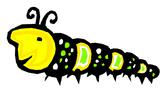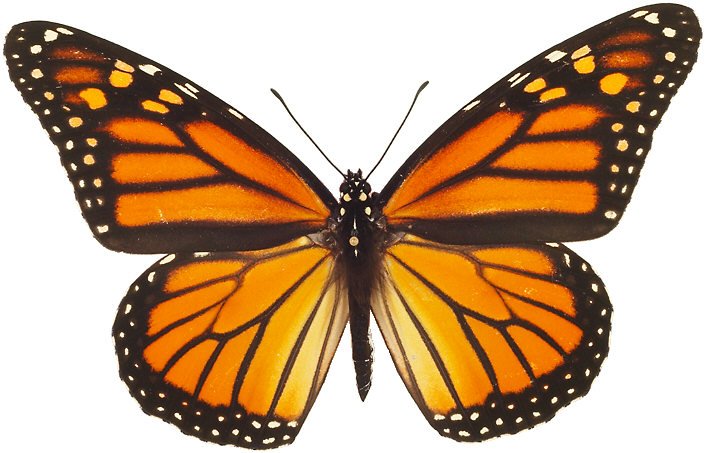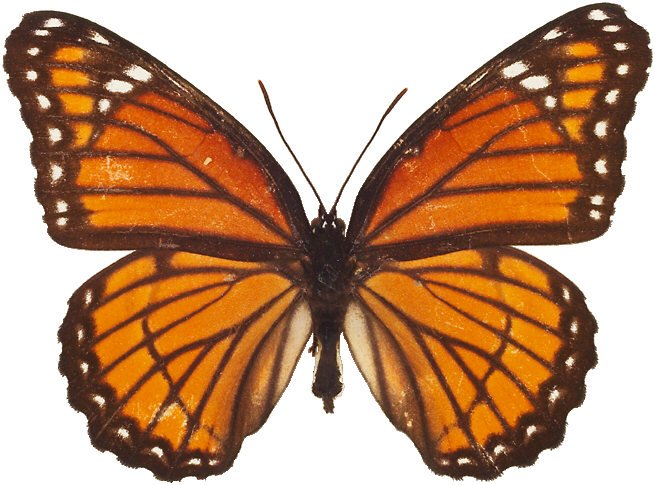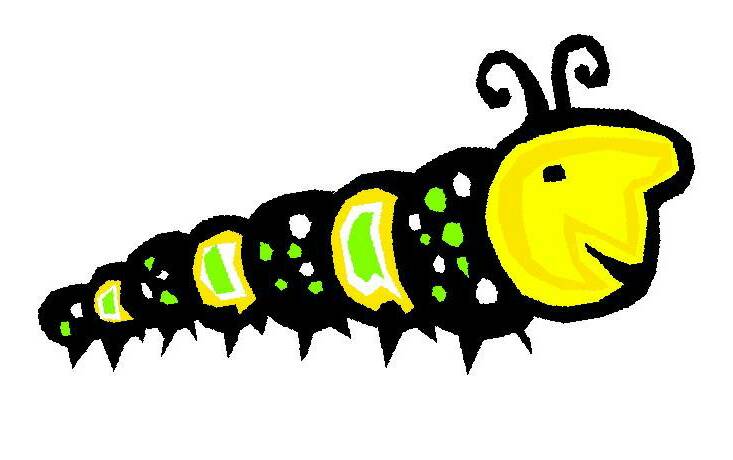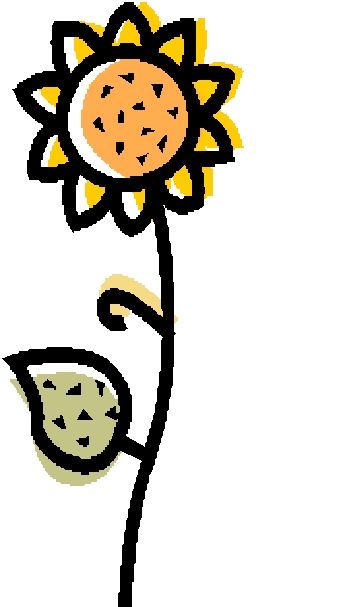C
MONARCHS & MILKWEED
HUMMINGBIRDS
JUST FOR FUN
SPONSORSHIP PROGRAMS
POLLINATION STATION
POLLINATION
Other insects have learned to use the bitter taste of Monarchs to their advantage. The Viceroy Butterfly for example, top right, is doing a great job of mimicking the wing pattern of the unpleasant tasting Monarch Butterfly, bottom left. Predators who have learned to ignore the Monarch in turn ignore the Viceroy!
 | ||||||
 | ||||||
Viceroy Butterfly
Monarch Butterfly
I taste bad
Milkweed derives its name from the milky white sap which runs through its vascular system. Leaves and stems weep this sap when injured and its bitter taste deters animals from browsing the plant. Because the sap contains glycosides, it is mildly to moderately toxic if ingested and can also cause skin and eye irritations if they come in contact with the sticky sap.
Monarch Caterpillars, however, have become dependent on those very toxins to keep enemies at bay. As they eat the bitter leaves of the milkweed the caterpillars concentrate the toxins in their bodies making them taste unpleasant to potential predators.
DONT EAT ME!
Milkweed comes in all shapes, sizes and colors but every one of the over 2000 species has something in common. When looking at an individual blossom, you will see a series of five petals pointing up and five petals pointing down. 5 up! 5 down! Now that's easy to remember!
AN INTERESTING FACT
Though Monarch Butterflies are mildly toxic to most predators, some animals have adapted to be able to consume them. Two birds, for example, the Black-backed Oriole and Black-headed Grosbeaks together eat approximately 9 percent of overwintering Monarchs each year, and mice eat another 5 percent. This represents a major threat to the Monarch population while they're attempting to overwinter in central Mexico.
Have you planted YOUR milkweed, yet? }i{
SHOP
